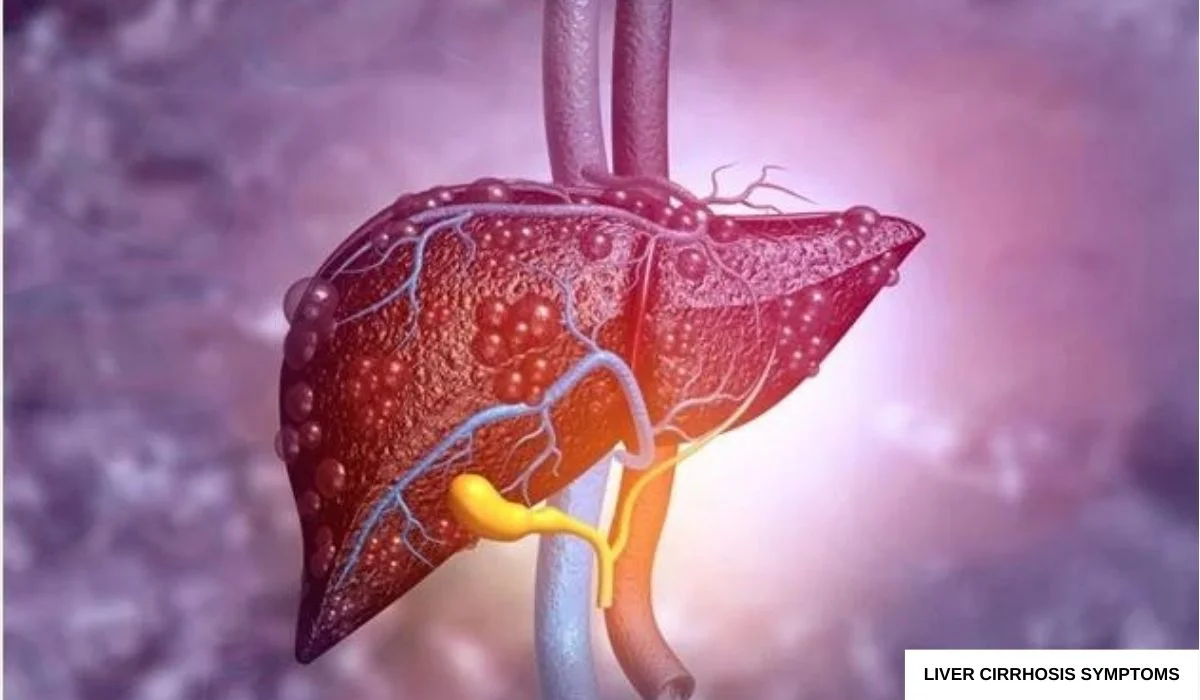Our bodies have a remarkable way of communicating with us, often through various signs and symptoms. While some symptoms may seem insignificant, it’s important not to dismiss them without further investigation. One such symptom that shouldn’t be ignored is a specific sign on the palm of your hand, as it could potentially be an indication of liver cirrhosis.
What is Liver Cirrhosis?
Liver cirrhosis is a serious condition that occurs when healthy liver tissue is replaced by scar tissue. This scarring prevents the liver from functioning properly and can lead to a range of complications. Common causes of liver cirrhosis include excessive alcohol consumption, viral infections (such as hepatitis B or C), fatty liver disease, and certain medications.
The Palm Sign
One lesser-known sign of liver cirrhosis is the presence of palmar erythema, also known as the palm sign. Palmar erythema refers to the reddening of the palms, specifically the area around the base of the thumb and little finger. This redness is caused by the dilation of small blood vessels in the skin and can be an early indicator of liver dysfunction.
While palmar erythema can occur for various reasons, it is important to pay attention to this symptom, especially if you have other risk factors for liver cirrhosis. If you notice persistent redness in the palms of your hands, it’s crucial to consult a healthcare professional for a proper evaluation and diagnosis.
Other Symptoms of Liver Cirrhosis
Although palmar erythema is a potential sign of liver cirrhosis, it’s important to note that it can also be present in other conditions. Therefore, it’s essential to consider other symptoms that may accompany palmar erythema to determine the underlying cause.
Some common symptoms of liver cirrhosis include:
- Jaundice: Yellowing of the skin and eyes
- Fatigue: Feeling tired and weak
- Abdominal pain or discomfort
- Swelling in the legs and ankles
- Easy bruising and bleeding
- Itchy skin
- Loss of appetite and weight loss
- Nausea and vomiting
If you experience any of these symptoms in addition to palmar erythema, it’s crucial to seek medical attention promptly.
Diagnosing and Treating Liver Cirrhosis
If you suspect you may have liver cirrhosis, your healthcare provider will likely perform a thorough evaluation, which may include:
- Medical history and physical examination
- Blood tests to assess liver function
- Imaging tests, such as ultrasound or MRI
- Liver biopsy to confirm the diagnosis
Once diagnosed, the treatment for liver cirrhosis depends on the underlying cause and the stage of the disease. In some cases, lifestyle changes such as abstaining from alcohol, maintaining a healthy weight, and managing underlying conditions like viral hepatitis can help slow the progression of the disease. In more advanced cases, medication, surgical interventions, or liver transplantation may be necessary.
Prevention is Key
While liver cirrhosis can be a serious and potentially life-threatening condition, there are steps you can take to reduce your risk:
- Limit alcohol consumption: Excessive alcohol intake is a leading cause of liver cirrhosis. If you drink alcohol, do so in moderation.
- Practice safe sex: Hepatitis B and C can be transmitted through sexual contact. Use protection and get vaccinated against hepatitis.
- Maintain a healthy weight: Obesity and fatty liver disease can increase the risk of cirrhosis. Eat a balanced diet and engage in regular physical activity.
- Be cautious with medications: Certain medications, including some over-the-counter drugs, can cause liver damage. Always follow the recommended dosage and consult your healthcare provider if you have concerns.
Remember, early detection and intervention are crucial when it comes to liver cirrhosis. If you notice any unusual symptoms, including palmar erythema, don’t hesitate to seek medical advice. Your health is too important to ignore.
Also, Read: Dealing with Gas Trouble: Tips for a Happier Stomach
Visit: Travel Insightful – Behold The Power of Travel
Discover more from Lotus LifestyleTips
Subscribe to get the latest posts sent to your email.

